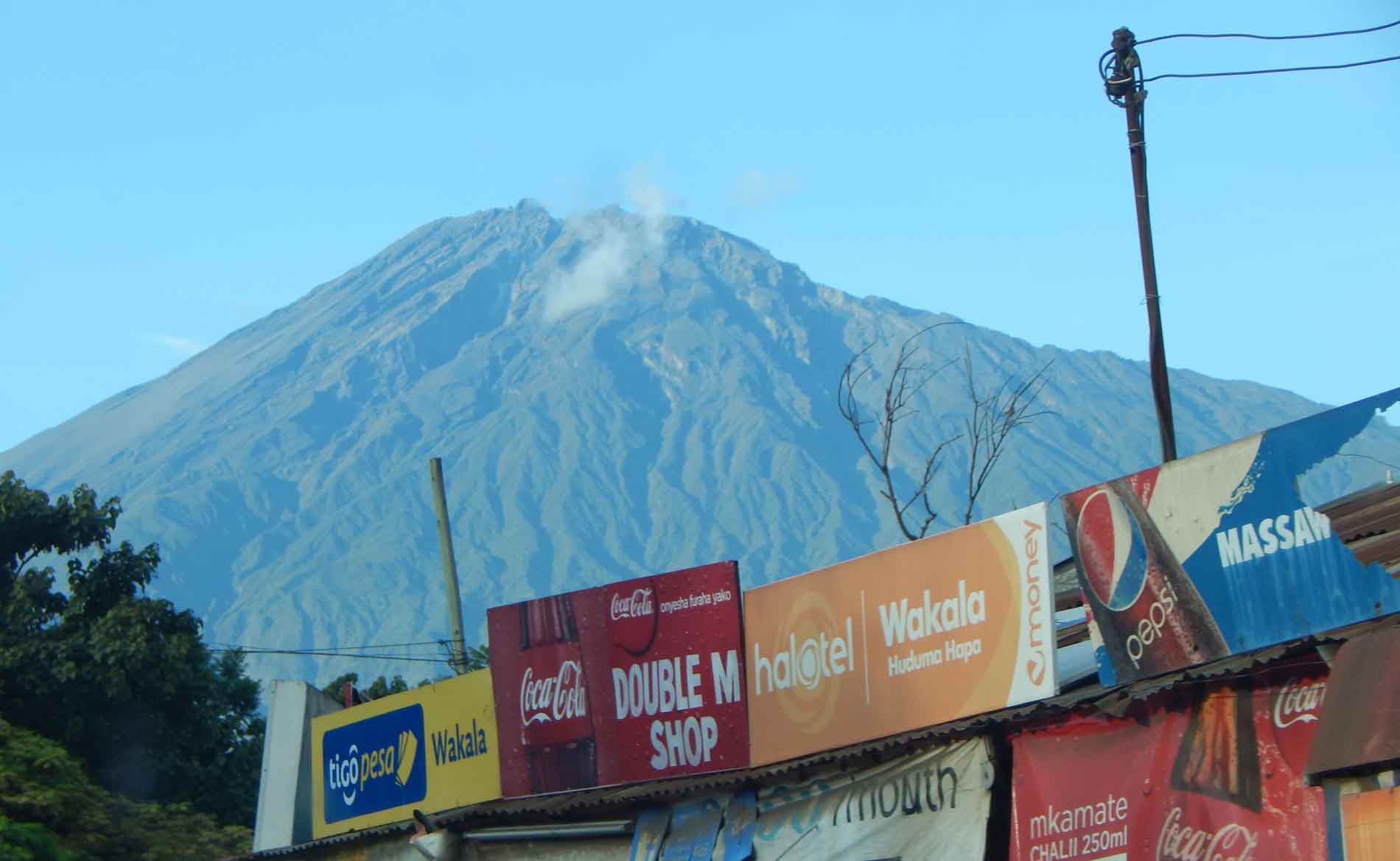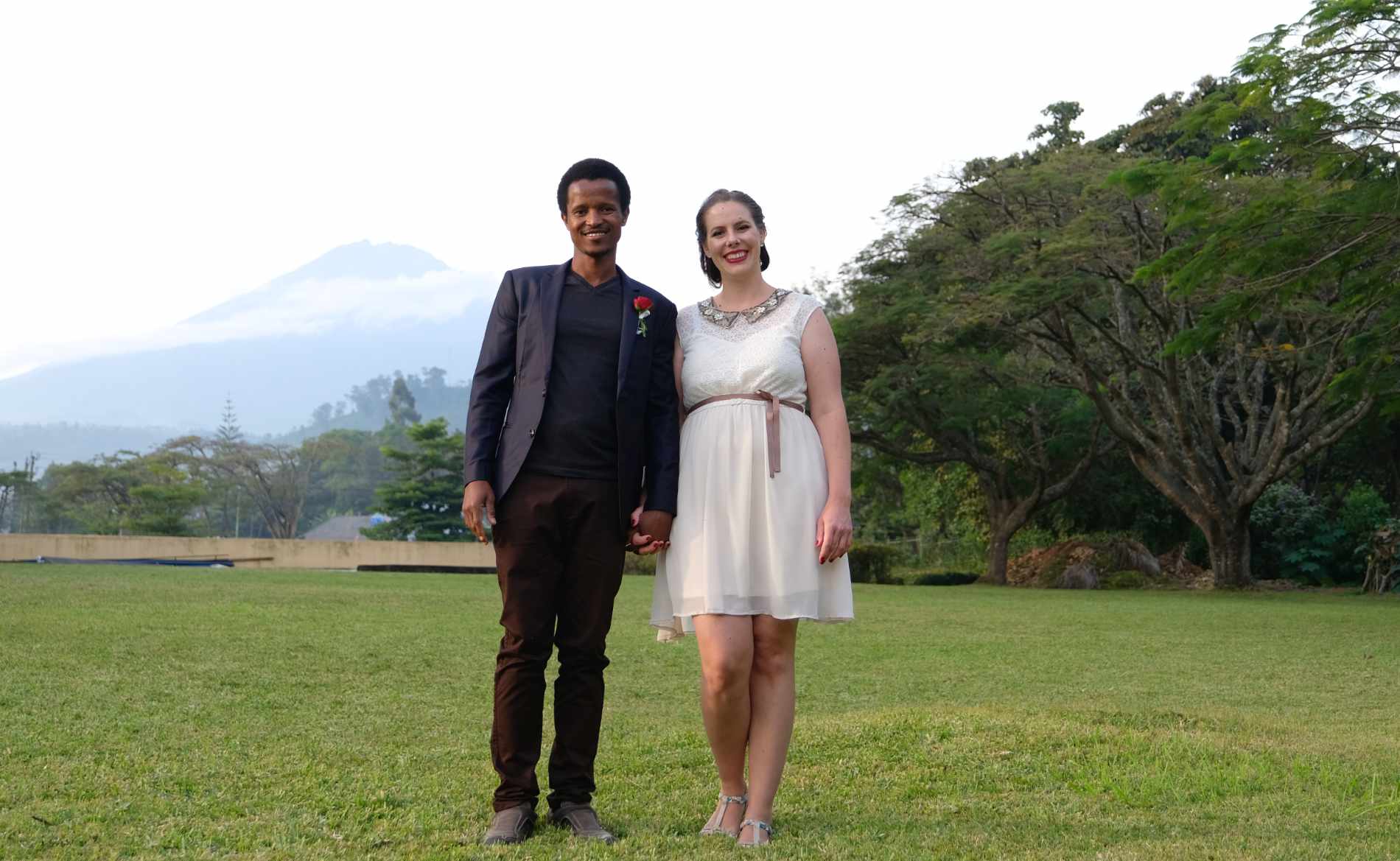Climb Mount Meru: challenging mountain ascent against a breathtaking backdrop
Facts climb Mount Meru:
- Second highest mountain in Tanzania and fourth highest mountain in Africa
- Various accommodation options of different categories in Arusha National Park or in the nearby villages
- Highest point: Socialist Peak 4,566 meters
Best time to visit:
- Between June and mid-March is generally the best time to climb Mount Meru, although it is colder from June to September than in the other months. From December to February you have the best chance of clear weather and a great view of Mount Kilimanjaro. As you sleep in huts, you can also climb Mount Meru without any problems during the short rainy season from around November to mid-December.
- From mid-March to the end of May, you can expect more rain and clouds, which makes the hike more difficult and offers fewer great views. During this time, there is also an increased risk that the summit ascent will have to be canceled due to wind or ice.
Getting there from Arusha:
- 30 km to Arusha National Park, i.e. about half an hour by safari car
- Then another half hour drive to Momella Gate, the starting point for the mountain hike
Highlights climb Mount Meru:
- Climbing the mountain on the scenic and challenging Momella Route
- Enjoy the view of Kilimanjaro on a clear day
- Marvel at the wildlife living at the foot of the mountain on a day tour
Mount Meru is a dormant but active volcano and is located in the middle of Arusha National Park. On clear days, it can be seen very well from Arusha and the surrounding villages. Its last minor eruption was in 1910, but many thousands of years ago the eastern flank of the volcano was blown away in an enormous explosion. What remains is today’s much smaller mountain with its unmistakable horseshoe shape, the impressive crater rim, which drops up to 1,500 meters to the crater floor and its 3.5-kilometre-wide caldera. Mount Meru is often called the little brother of Kilimanjaro, which is only around 90 kilometers away, but the hike to the summit, which is around 1,000 meters lower, is at least as scenic and no less challenging. In contrast to the big “Kili”, various wild animals live at the foot of Mount Meru and you definitely have to be sure-footed and have a head for heights on the summit stage on the crater rim.
Mount Meru takes its name from the Meru tribe living at the foot of the mountain. The two peaks are called Little Meru (3,820 m) and Socialist Peak (4,566 m). During your ascent of Mount Meru, you will hike through different vegetation and climate zones, from rainforest to moorland and alpine desert. The only route up Mount Meru is called the Momella Route and it takes you to the summit via two huts in either three or, for better acclimatization, four days. As already mentioned, Mount Meru is somewhat overshadowed by the higher Kilimanjaro, but is definitely worth a visit. Of course, it is also an excellent place to hike in preparation for the ascent to the Roof of Africa.
The tour to Mount Meru at 1,500 meters starts at Momella Gate. As you can also observe wild animals such as buffalo, giraffes and warthogs up close in Arusha National Park, you will be accompanied on your way by an armed park ranger in addition to the standard mountain crew (guide, porters and cook). The first stage continues through montane forest with small river courses and past the magnificent fig tree arch, which is large enough for a car to drive through. The route continues through less dense forest, where there is an abundance of birds and monkeys. The black and white colobus monkeys are particularly fascinating to watch. There are also the first close-up views of the towering cliff and the ash cone, which was only formed during one of the last eruptions of the volcano. After a good 1,000 meters in altitude, you arrive at the Miriakamba hut (2,514 m).
Am zweiten Tag geht steil über erneute 1.000 Höhenmeter hoch zum Sattel. Du wanderst durch offenen und üppigen montanen Wald, durchquerst den Kraterboden und bekommst eine hervorragende Aussicht auf den. Nach den Ankunft auf der Saddle Hut (3.570 m) kannst du zur besseren Akklimatisierung den nahe gelegenen Gipfel des Little Meru auf 3.820 Metern erklimmen.
Day 3 is all about storming the summit! After an early start, we head up the sandy path to Rhino Point (3,800 m) and continue along a hilly ridge of ash and rock to Cobra Point (4,350 m). The view here is breathtaking: the cliffs of the crater rim, the ash cone rising from the crater floor, Kilimanjaro hovering in the morning clouds and, on a clear day, the view westwards to the Rift Valley. The summit of Socialist Peak at 4,566 meters is only another hour away on a wonderful but often steep path. Done, the highest point of Mount Meru has been reached! The walk back to Rhino Point in the sharp morning light along a narrow ridge between the sloping outer wall of the crater and the gleaming cliffs of the inner wall is one of the most dramatic and exhilarating hikes in Africa. After a rest at the Saddle Hut, continue down to the already familiar Miriakamba Hut. Note: The ridge between the summit and Rhino Point is only suitable for those with a head for heights. In icy conditions or strong winds, it may be impossible to get beyond Rhino Point. The sunrise from here is just as spectacular as from Cobra Point.
On the last stage, you will cover the remaining 1,000 meters of the descent to Momella Gate through open grassland and mixed forest. Once again you have the chance to spot giraffes, buffalo and elephants and pass a waterfall. The trail offers excellent views back to the crater and across the plains of Arusha National Park. Back at the starting point, successful climbers receive their summit certificate.
If you would like to try out what a mountain climb feels like, you can do a day or two-day hike on the first stage of the mountain climb. When visiting Arusha National Park, a two-hour hike at the foot of Mount Meru is also an excellent option. Simply contact us and we will be happy to put together the best option for you.







